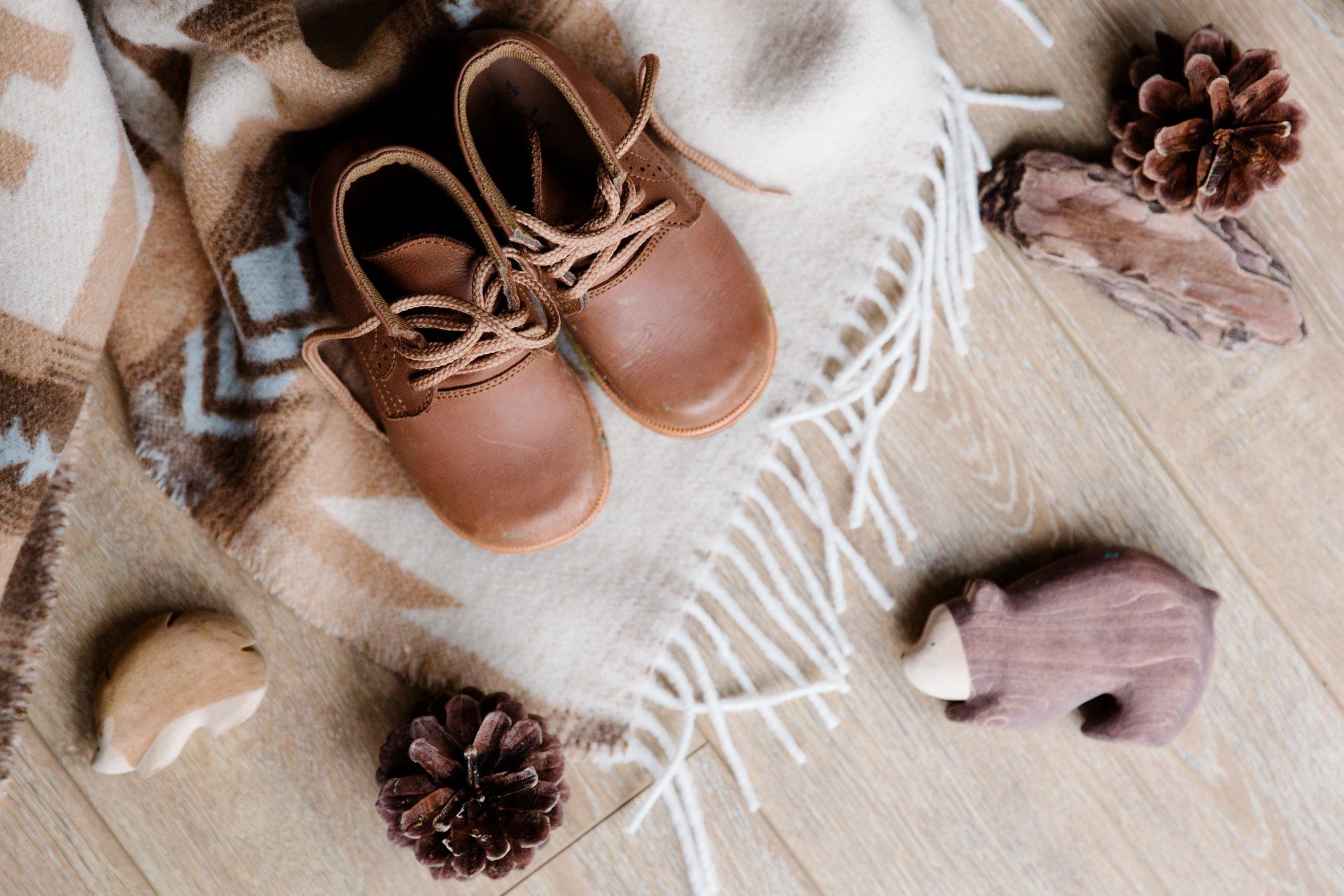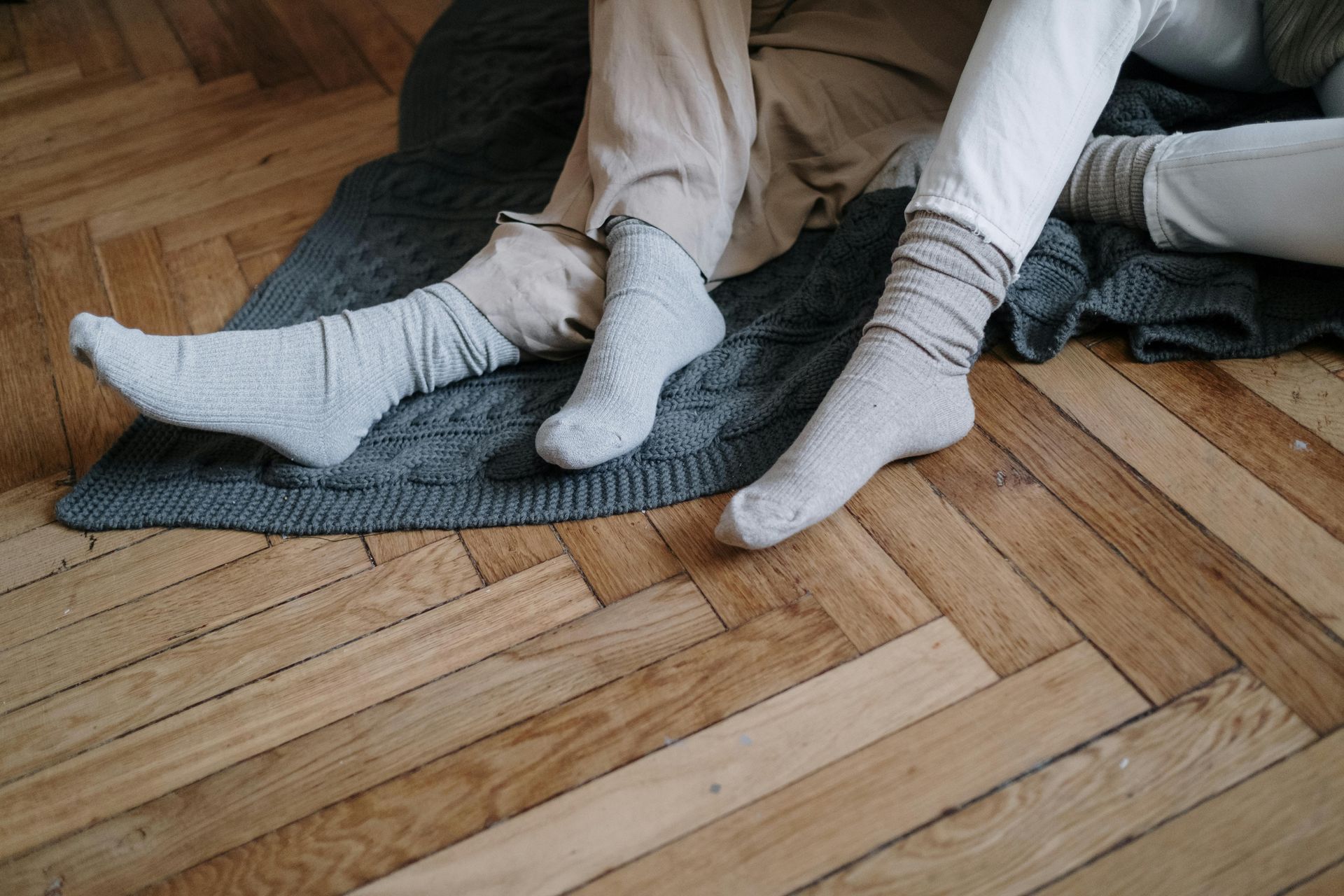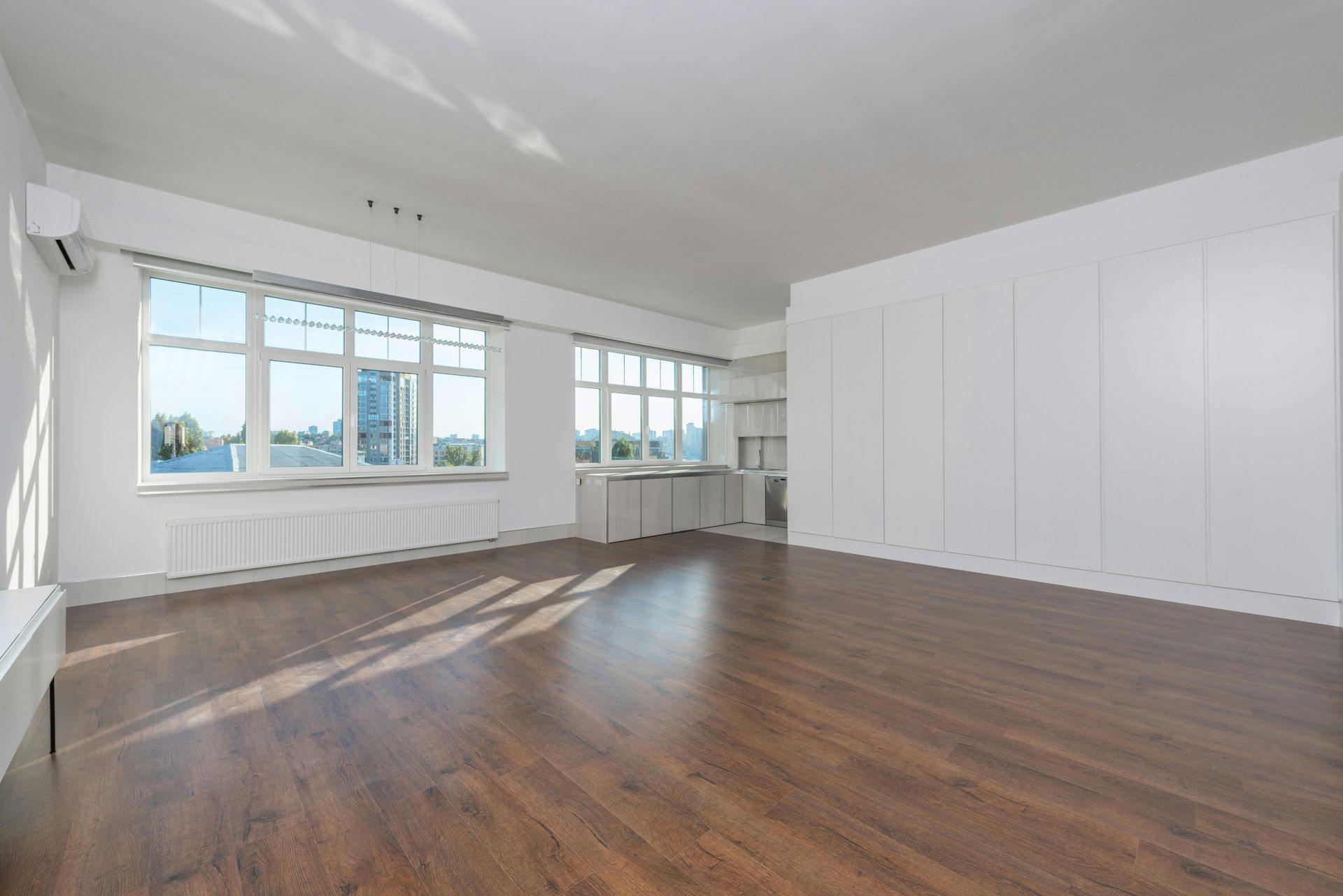Winter Flooring: Warmest Floors for Your Home

Keeping your home warm and comfortable, especially flooring, during winter is indispensable as you spend a lot of time indoors. That’s why you need the warmest floors during winter that are both comfortable and resistant to cold temperatures. So if you are looking for winter flooring options, take a look at the following flooring choices.
1. Laminate Flooring
Laminate flooring is an excellent flooring option if you live in extremely cold weather. The flooring is available with an attached pad that keeps your feet warm and prevents the need for underlayment.
Laminate floors are easy to install and have the appearance of timber floors— available in various surface textures, colors, and sizes to suit your needs. It is also highly durable and resistant to scratches and dents. Most importantly, it is unaffected by the fluctuating weather. In addition, laminate flooring is super affordable, and you can install it over almost any kind of subfloor.
2. Vinyl Flooring
Vinyl flooring is yet another excellent warm flooring option that does not expand or contract even in freezing cold weather. It is extremely durable and resistant to temperature changes and other damages.
Vinyl flooring is waterproof and easy to clean and maintain. Above all, luxury vinyl flooring imitates the look of timber floors and feels more like real hardwood floors, giving you the comfort and sophistication of solid hardwood floors. Vinyl planks are also available with a padded layer for added comfort and insulation.
3. Engineered Hardwood Flooring
Engineered hardwood floorings are gorgeous floors that are more stable and resistant to temperature changes than solid hardwood flooring. Since engineered floors are made of a plywood core, they are more durable against moisture damages like cupping, buckling, and warping than solid hardwood floors, making them a suitable option for extreme weather.
They work perfectly well with underfloor heating and remain stable with fluctuating temperature. Though engineered hardwood flooring needs insulation to keep your feet from freezing, the comfort and warmth are incomparable to any other flooring. For added comfort, you can also use rugs in high-traffic areas.
4. Tile
Tile is another great option for winter flooring. It is stylish and suit any kind of home. Though tile tends to get cold with cold temperatures, you can use a heating system to warm the floor efficiently. One of the main benefits of tile is it is both frost-resistant and moisture-proof and easy to clean and maintain.
5. Carpet
Carpet is the most comfortable and warmest flooring option. The warm fibers give effective insulation against the cold and keep your feet comfortable and cozy throughout winter.
The thicker the carpet fibers, the more insulation you will receive. It’s durable for high-traffic areas. Carpets are available in a variety of styles, textures, and colors to suit your personal style and needs. It is also available in natural fibers, which are a smart choice if you suffer from allergies, as natural fibers do not attract dust mites like the other fibers.
Contact Floors For Less for more information on winter flooring and professional floor installation services in the Middleton and Brodhead areas.







